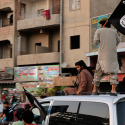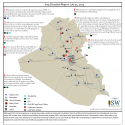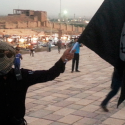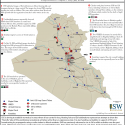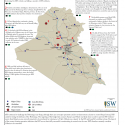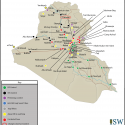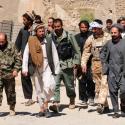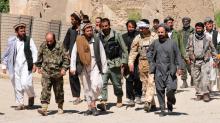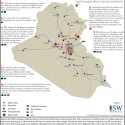ISIS Governance in Syria
The Islamic State’s June 2014 announcement of a “caliphate” is not empty rhetoric. In fact, the idea of the caliphate that rests within a controlled territory is a core part of ISIS’s political vision. The ISIS grand strategy to realize this vision involves first establishing control of terrain through military conquest and then reinforcing this control through governance.


